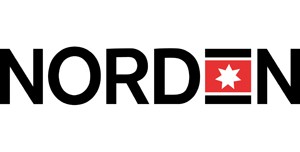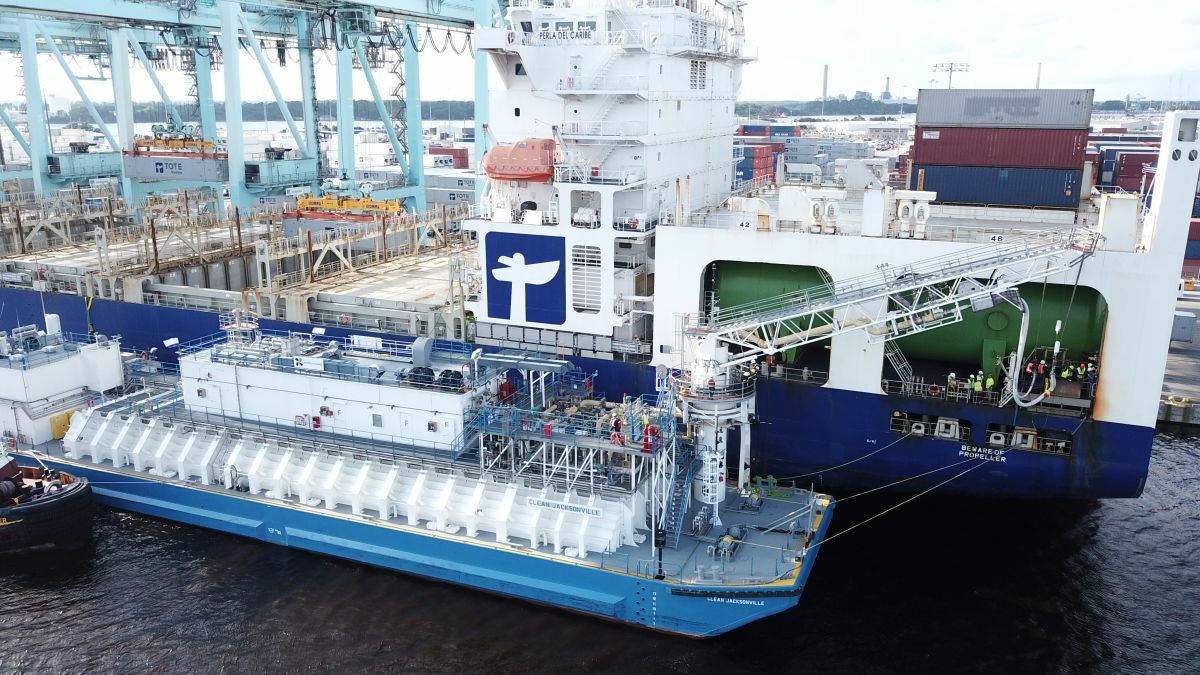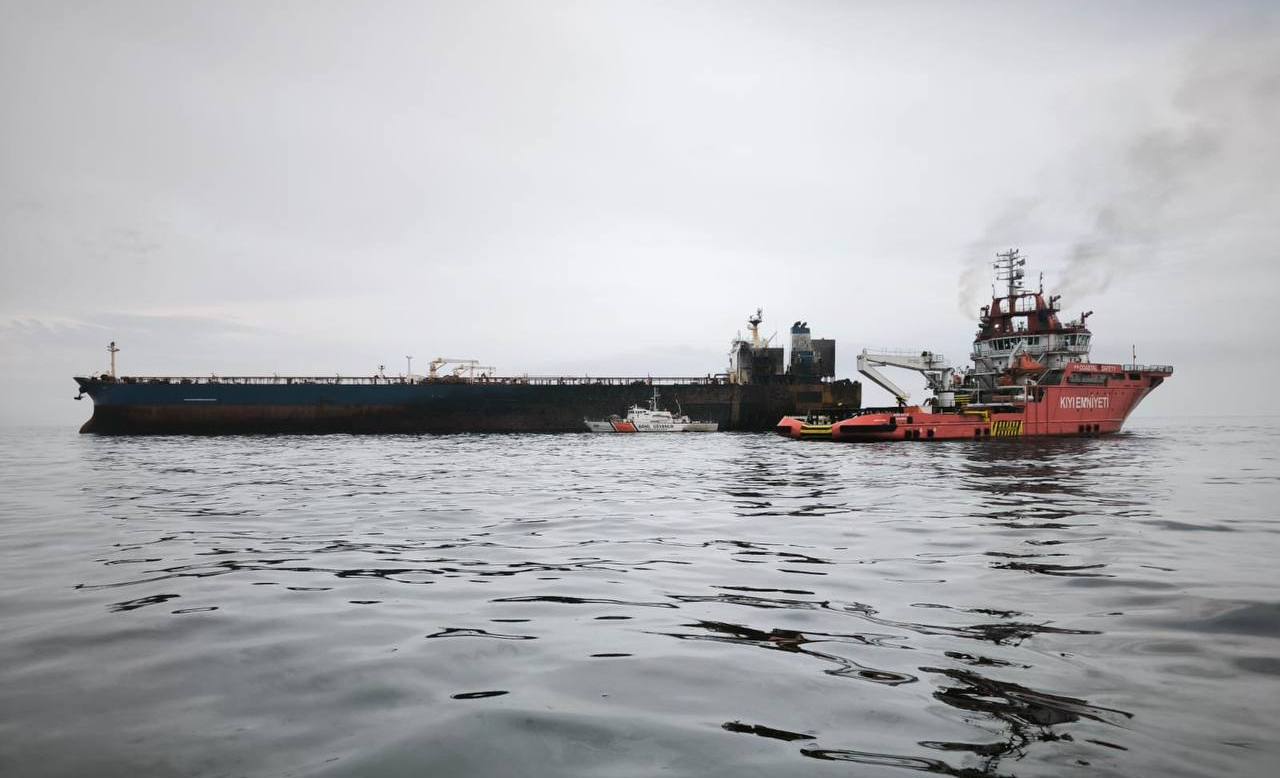 Aug. 13 (Bloomberg) — The biggest advance since 2010 in the price of secondhand commodity carriers is boosting ship owners from Golden Ocean Group Ltd. to D/S Norden A/S on mounting confidence the industry’s worst-ever slump is ending.
Aug. 13 (Bloomberg) — The biggest advance since 2010 in the price of secondhand commodity carriers is boosting ship owners from Golden Ocean Group Ltd. to D/S Norden A/S on mounting confidence the industry’s worst-ever slump is ending.
The value of five-year-old Capesizes, the largest iron-ore carriers, rose 5.7 percent to $31.4 million this year, while Panamaxes, the biggest to navigate the Panama Canal, climbed 16 percent to $21.2 million, according to the Baltic Exchange. Investors should buy Golden Ocean and Norden because the shares don’t fully reflect the gains, said Erik Nikolai Stavseth, an analyst at Arctic Securities ASA in Oslo whose recommendations on shipping companies returned 75 percent in three years.
Rising secondhand values are a sign that some investors are getting more bullish on the outlook for shipping rates, which tumbled as much as 95 percent from their peak in 2008. The Baltic Dry Index, a measure of earnings across four vessel classes, rebounded 42 percent this year as fleet growth slowed and seaborne trade in everything from iron ore and coal to soybeans and fertilizers expanded to a record.
“People are buying ships because they think we’re past the bottom,” said Stavseth, who predicts that shares of Golden Ocean will advance 7.1 percent in a year and Norden will gain 25 percent. “Rising ship prices tell us that the market is moving in the right direction and earnings are expected to increase.”
Break Even
The Baltic Dry Index reached an 18-month high on July 1 as rates rose for every vessel class in the gauge, according to the London-based Baltic Exchange, which publishes shipping costs along more than 50 maritime routes. Capesize earnings more than doubled this year and those for Panamaxes jumped 35 percent. Both are still below the amount that owners need to break even once financing costs are taken into account.
Capesize earnings will average $16,000 a day next year, the average of nine analyst estimates compiled by Bloomberg shows. That’s more than the $14,458 anticipated in freight swaps that traders use to bet on future transport prices, Baltic Exchange data show. Owners need $14,500 to break even, according to RS Platou Markets AS, an investment bank in Oslo.
Shares of Hellerup, Denmark-based Norden, with a fleet of 217 ships, rose 25 percent to 203.5 kroner this year in Copenhagen trading. Stavseth is anticipating 255 kroner in 12 months. Stock in Hamilton, Bermuda-based Golden Ocean, led by billionaire John Fredriksen, jumped 78 percent to 7 kroner in Oslo in 2013 and will reach 7.50 kroner in a year, Stavseth says.
Largest Shipbroker
The combined capacity of the dry-bulk fleet will expand 7 percent this year, the least since 2008, according to London- based Clarkson Plc, the largest shipbroker. Rates plunged after owners ordered too many new vessels just before the global recession. The fleet grew 63 percent since 2008 as seaborne trade in commodities advanced 24 percent.
While rates are surging this year, they are still far below the peaks reached before the five-year slump. Capesizes earned as much as $234,000 a day in 2008, compared with $10,550 now. Panamax rates that last priced at $7,481 rose as high as $94,977 in 2007, Baltic Exchange data show. Panamaxes, each capable of hauling about 75,000 metric tons of cargo, need about $11,000 to break even, Platou says.
Vessel values are also still below their record highs. A five-year-old Capesize sold for as much as $153.8 million in 2008 and Panamaxes were trading as high as $90.72 million in 2007. The combined market capitalization of the world’s 75 largest publicly traded shipping companies came to $118.5 billion at the end of July, from as high as $260 billion in 2007, according to data compiled by Bloomberg.
Iron Ore
The rally in freight rates and vessel values is most at risk from a slowing Chinese economy, which consumes more iron ore, coal and metals than any other nation. The world’s second- biggest economy will expand 7.5 percent this year and next, the weakest growth since 1990, according to the medians of 57 economist forecasts compiled by Bloomberg.
Chinese factory production expanded at a better-than- expected 9.7 percent in July from a year ago, government data showed Aug. 9. Gauges of manufacturing and service industries also improved and iron-ore imports rose to a record last month. Iron ore is the second-biggest seaborne commodity cargo after oil.
The capacity glut in dry-bulk ships extends across most of the merchant fleet. The ClarkSea Index measuring earnings for all vessel types is poised for its lowest annual average since at least 1990, according to Clarkson. Daily rates for very large crude carriers, each hauling 2 million barrels of oil, are 97 percent below the record $229,000 reached in 2007.
Dry Ships
Analysts are anticipating gains in dry-bulk shipping earnings as orders for new vessels dwindle and trade expands. Cargo shipments will expand 5 percent to 4.28 billion tons this year, a fourth consecutive advance, Clarkson data show. Orders for Capesizes at shipyards now equal 16 percent of existing capacity, from more than 99 percent in 2008, according to data from IHS Maritime, a Coulsdon, England-based research company.
Eight out of 12 companies in the Bloomberg Dry Ships Index will narrow losses or report a profit this year, analyst estimates compiled by Bloomberg show.
Golden Ocean will report net income of $43.3 million this year, from $11.6 million in 2012, according to the mean of 13 estimates. The analysts were anticipating as little as $30 million as recently as mid-April. Norden will report a loss of $34.5 million, compared with $278.8 million last year, the mean of 11 predictions shows. The company should return to profit in 2014, according to the estimates.
Norden said in May it would add $445 million of new vessels to its fleet, the same month in which Golden Ocean also said it would expand capacity.
“Ship owners are buying into the sector because they are seeing a pickup in earnings in the future,” said Rune Sand, an analyst at Carnegie SA in Oslo. “Ship values increase, and then the share values for shipping companies also increase.”
– Rob Sheridan, Copyright 2013 Bloomberg.

 Join The Club
Join The Club











